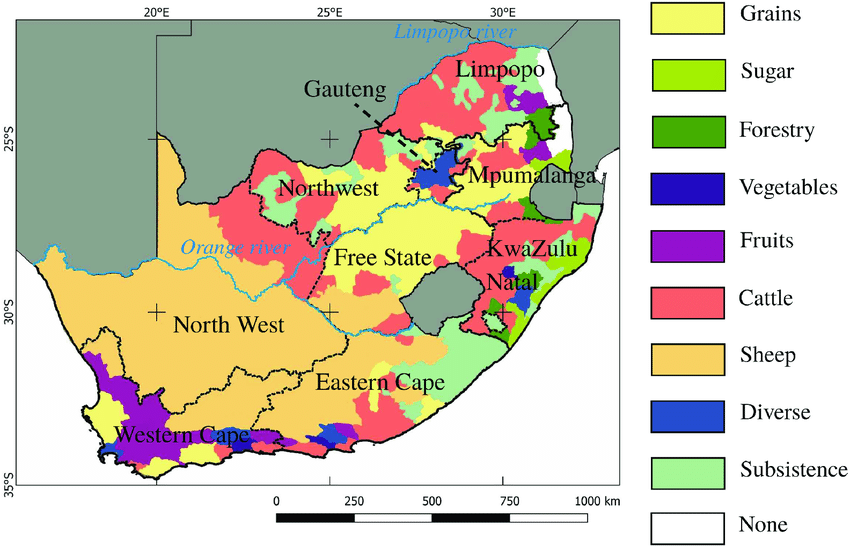Conservation Agriculture
“
— ”
In 2013, the South African National Development Plan (SANDP) was launched1 in response to excessively-high soil degradation rates in grain-producing regions caused by intensive and continuous soil tillage to offer a long-term perspective on the rural economy. The SANDP recommended that the consequences of industrialized agriculture be addressed through increased efforts to advance knowledge of and access to ecological and sustainable agricultural approaches. The new system was proposed through sustainable and climate-smart agricultural intensification in which farmers could attain higher levels of productivity and profitability all while improving soil health and the environment at the same time.
Conservation agriculture is based on three principles:
1. Minimum soil disturbance while planting, achieved through direct seed
and/or fertilizer placement.
2. Protecting soil with organic coverings by at least 30 percent - like mulch -
which inhibits the evaporation of soil moisture but also leads to more
significant water infiltration into the soil.
3. Crop rotation through varied crop sequences involving at least three
different crops.
Until today, the success of conservation agriculture amongst South African smallholder farmers is unknown.2 It has been intensively promoted for more than a decade to combat declining soil fertility and stabilize crop yields; although the benefits are evident, it has rarely been adopted by small and medium producers, or abandoned during implementation. As of yet, the government has yet to institutionalize conversation agriculture in its programs.

Image source: Francois Waldner, Matthew Hansen, and Peter Potapov, “National-Scale Cropland Mapping Based on Spectral-Temporal Features and Outdated Land Cover Information,” August 2017.
References
1. “National Development Plan 2030: Our Future - Make It Work | South African Government,” accessed February 24, 2022, https://www.gov.za/documents/national-development-plan-2030-our-future-make-it-work.
2. Lindha Muzangwa, “Assessment of Conservation Agriculture Practices by Smallholder Farmers in the Eastern Cape Province of South Africa,” April 2017.
1. “National Development Plan 2030: Our Future - Make It Work | South African Government,” accessed February 24, 2022, https://www.gov.za/documents/national-development-plan-2030-our-future-make-it-work.
2. Lindha Muzangwa, “Assessment of Conservation Agriculture Practices by Smallholder Farmers in the Eastern Cape Province of South Africa,” April 2017.